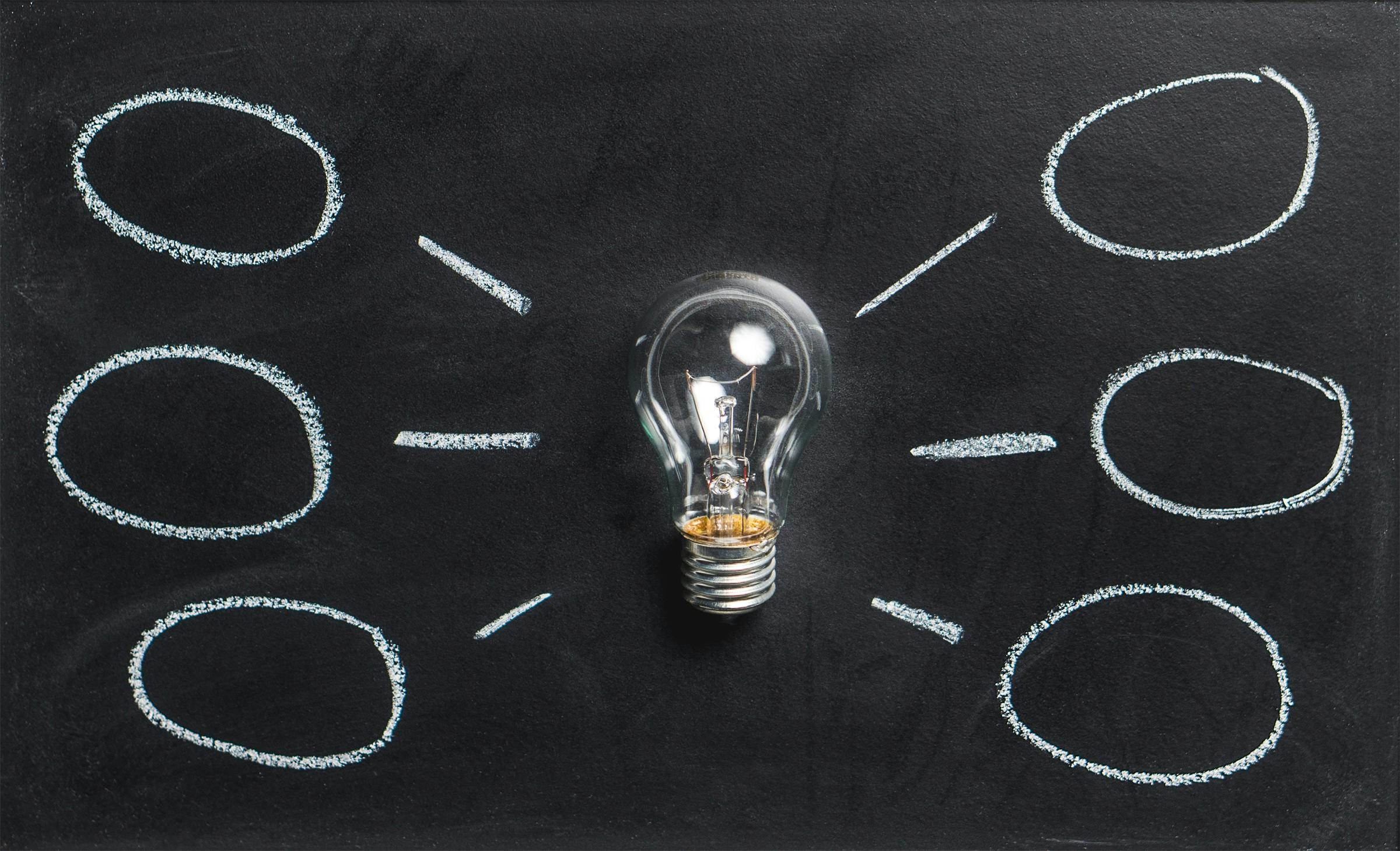Distillation is a process used to separate components of a liquid mixture based on differences in boiling points. It is a common method used for purifying and separating liquid mixtures, as well as for producing concentrated solutions. During the distillation process, the mixture is heated until the components of the mixture have different boiling points and are separated from one another. The vaporized portion of the mixture is then condensed back into a liquid by cooling it down, typically with a condenser. The components are then collected and separated from one another based on their boiling points.Distillation is a process of separating the components or substances from a liquid mixture by using selective boiling and condensation. It involves heating the mixture to its boiling point, allowing the vapors to rise, and then condensing and collecting them. The vaporized liquid is then condensed into a separate container, leaving behind any impurities or unwanted substances in the original mixture. Distillation is often used in industries such as food processing, pharmaceuticals, chemical production, water purification, and fuel production.
Different Types of Distillation Processes
Distillation is a process used in many industries for a variety of reasons. It is the process of separating substances through the use of boiling and condensation. There are several different types of distillation processes that can be used, each with its own advantages and disadvantages. The most common types are rectification, fractional distillation, steam distillation, vacuum distillation, and azeotropic distillation.
Rectification is the simplest type of distillation process. It uses a single column with trays to separate components from a liquid mixture by boiling them off at different temperatures. Fractional distillation is similar to rectification but uses multiple columns and trays to better separate components based on their boiling points.
Steam distillation uses steam as the heating source instead of direct heat in order to preserve more delicate components that would otherwise be destroyed by high temperatures. Vacuum distillation is used when the boiling point needs to be lowered in order to separate components from a liquid mixture that otherwise would not be able to be separated due to their similar boiling points. Azeotropic distillation uses special solvents that form an ideal mixture with one or more substances in order to increase efficiency and reduce energy costs.
Each type of distillation process has its own advantages and disadvantages depending on what needs to be separated and the conditions under which it needs to be done. Knowing which type will work best for your application can save time and money while ensuring that you get the most accurate results possible.
Distillation
Distillation is a process that separates components of a liquid mixture through evaporation and condensation. This process utilizes differences in the boiling points of the components to separate them from one another. It is an ancient technique used for purifying liquids and is still widely used today in a variety of industries.
The distillation process works by heating the liquid mixture to its boiling point. Once heated, one component will evaporate faster than the other components due to its lower boiling point and higher vapor pressure. The vapor is then condensed back into a liquid state and collected in a separate container. This process can be repeated multiple times depending on the complexity of the mixture.
The most common type of distillation is known as fractional distillation, which involves separating components with similar boiling points but different physical properties. This type of distillation requires multiple stages of evaporation and condensation to achieve complete separation. Each stage will produce a fraction containing only certain components with similar boiling points and physical properties.
Distillation is an effective way to purify liquids and separate them into their component parts. It can be used to extract essential oils from plants, purify water, refine petroleum products, and produce alcoholic beverages such as whiskey or rum. The distillation process can also be used to create medical-grade ethanol for use in hand sanitizers or antiseptics.
What Are the Benefits of Distillation?
Distillation is a process used to separate components from a liquid mixture. It has many applications, including the production of fuel, industrial chemicals, and drinking water. Distillation also has several benefits. It can be used to purify liquids and remove contaminants from them. Additionally, distillation can be used to create concentrated solutions of liquids and increase their shelf life.
One of the main benefits of distillation is that it can help make liquids more pure. Through distillation, unwanted impurities can be removed from a liquid mixture, leaving behind only the desired components. This process can be used to make drinking water safe by removing bacteria and other contaminants. It is also commonly used to purify industrial chemicals and produce fuel products like gasoline and diesel fuel.
Another benefit of distillation is that it can increase the concentration of certain liquids. This makes them more efficient for use in industrial processes or for storage purposes. In addition, this process can make liquids last longer by eliminating bacteria and other contaminants that could cause spoilage or contamination over time.
Finally, distillation can be used to separate different components from one another in a liquid mixture. This allows for customized solutions with specific properties that are tailored to meet various needs or requirements in industry or research settings.
Overall, distillation is an invaluable tool with many benefits for both industrial and consumer applications. It can be used to purify liquids, increase their concentration levels, and separate different components from each other in a mixture for custom solutions with desired properties or characteristics.
Applications of Distillation
Distillation is a process used to separate components of a mixture based on their different boiling points. It has many applications in industries such as petroleum refining, food processing, and the production of pharmaceuticals and chemicals.
In the energy industry, distillation is used to refine crude oil into gasoline, diesel fuel, and other petroleum products such as kerosene and jet fuel. It is also used in the production of ethanol for fuel. In food processing, distillation is used to separate alcohol from wine and beer and also to purify water. Distilled alcohol is also found in many spirits such as whiskey and vodka.
In the pharmaceutical industry, distillation is used to produce sterile water for injection as well as other medical products like antibiotics and vaccines. The chemical industry uses distillation to make a variety of products such as perfume, paint thinners, solvents, chlorine bleach, and liquid detergents. Distillation can also be used to separate essential oils from plant materials for use in aromatherapy or perfumes.
Distillation is an efficient way of separating mixtures that have components with different boiling points due to its ability to produce a high purity end product at relatively low cost. The process can be tailored for specific applications depending on the desired end product.

Distillation in Industrial Settings
Distillation is a process used in industrial settings to separate and purify liquids. It involves heating a liquid so that the more volatile components evaporate, then capturing and condensing the vapor back into a liquid form. Distillation has a wide range of applications in industry, from the production of fuels, to water purification and food processing.
One of the most common uses of distillation is for the production of fuels such as gasoline, diesel, and jet fuel. In this process, crude oil is heated to separate out different hydrocarbons with distinct boiling points. The more volatile hydrocarbons are collected and then further refined to produce a variety of different fuels.
Distillation can also be used to purify water by removing contaminants such as metals, salts and other impurities. This is often done by passing water through a series of columns filled with activated charcoal or other materials that can absorb contaminants. The purified water can then be used for drinking or industrial purposes such as cooling towers or boilers.
Another application for distillation is food processing. This method can be used to remove solvents from food products or separate mixtures containing multiple components, such as essential oils or alcohols. Distillation can also be used to concentrate flavors and aromas in foods, making them more intense and flavorful.
In many industries, distillation is an essential process for separating liquids and producing high-quality products that meet safety standards. By carefully controlling temperature, pressure and flow rate during distillation, it’s possible to produce very pure products with minimal contamination.
Distillation to Purify Water
Distillation is a process that can be used to purify water. In this process, water is boiled and the steam produced is collected and condensed back into liquid form. This resulting liquid is free of contaminants, such as heavy metals and other impurities. The process works because when water is heated, it evaporates and separates from any contaminants. The steam then rises and condenses back into liquid form, leaving behind contaminants that are unable to evaporate at lower temperatures. The condensed water can then be collected and used for drinking purposes.
Distillation has been used for centuries as a method of purifying water. It can be done on a small scale with devices such as stills or larger-scale operations with industrial-size systems. Distillation is an effective way to remove bacteria and other harmful particles from drinking water, making it safe for human consumption. It is also one of the most reliable methods for removing chemical pollutants from water, such as pesticides and industrial waste products.
Although distillation may seem like a simple solution for purifying water, it does have some drawbacks. For instance, it requires energy to heat the water in order to produce steam, so it can be energy-intensive if done on a large scale. Additionally, distillation does not remove dissolved gases or volatile organic compounds (VOCs) from the water, so these pollutants may still remain in the purified product. Finally, some minerals may also be removed during distillation, meaning that distilled water may not be as nutritious as naturally occurring sources of fresh drinking water.
Overall, distillation is an effective way of purifying drinking water by removing bacteria and other contaminants from the source material. It provides a reliable method for producing clean drinking water free of harmful substances that could otherwise cause illness or disease if ingested by humans or animals. However, it should not be relied upon completely due to its limitations in removing certain pollutants and minerals from the purified product.

